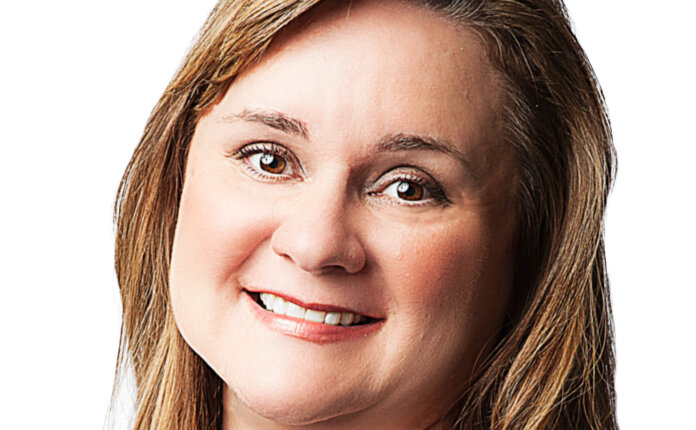With the first quarter of new Home Mortgage Disclosure Act (HMDA) reporting requirements now behind us, it appears many lenders are still adjusting to how the additional data collection works in practice.
There are now a total of 48 data fields to be reported, including 25 that are new, with many of the remaining 23 having been modified. The new data fields include those mandated by the Dodd-Frank Act, as well as fields added by the Consumer Financial Protection Bureau (CFPB) under its discretionary authority.
As with any regulatory update, decommissioning the old processes can wreak confusion and breed mistakes during the introductory period. Lenders tend to see the most challenges during the first 90 to 120 days after an effective date, as their teams adjust to new processes and procedures for tasks that had become routine. Software solutions can ease this “settling-in” phase, but regulatory technology alone isn’t sufficient to ease implementation woes. Lenders also need to carefully examine their policies, practices and training to make sure that everything is aligned with the practical realities of implementation. Otherwise, they may overlook the methods for preventing the following common problems.
Misreporting Commercial Mortgages
For our clients, deciding whether and how to report commercial mortgages has been the most confusing element of their duties. More than half of the HMDA-related questions directed to our regulatory support staff in January and February were specifically about commercial mortgages. Many times, these questions are related to a mixed-use loan, which is a loan for a property zoned for different uses, such as commercial, residential, industrial or institutional. In these scenarios, the lender makes a judgment call about the property type and its uses to decide whether, how much and what to report.
A mixed-use loan is not reportable if the property is not a “dwelling.” When a mixed use of the property means that the property is primarily used for a purpose other than residential, then under HMDA that loan need not be reported. It is up to the lender to determine what constitutes primary use. The lender can choose any “reasonable method” (vaguely described) including square footage or borrower income tests, to decide on the property’s primary use, and can make this call on a case-by-case basis at the lender’s discretion.
A best practice in these situations, if you don’t have a regtech solution in place to help you do this, would be to rely on a decision tree to help determine whether a commercial loan is reportable. Using a consistent tool across all decisions rendered helps ensure that mixed-use loans are treated in a predictable and defensible way across your entire portfolio.
Over-reporting
Some lenders have reacted to the ruling by over-reporting to compensate for any potential confusion about the new requirements. Beware; this dangerous practice. Over-reporting may be viewed by regulators as evidence that the lender did not engage in an earnest attempt to master and apply the regulatory changes to its operations. Moreover, because much of the reported HMDA information becomes public, a lending institution can expose itself to reputational risk as well if it releases too much sensitive information about its lending patterns.
A potential risk here for larger lenders is that their loan volumes are under constant scrutiny – not just by regulators but also from consumer watchdog groups, who monitor the data for signs of lending bias or predatory lending. With more data disclosure comes an increased likelihood that the lender could come under fire for data that it didn’t even need to disclose in the first place.
Using the New URLA to Collect HMDA Data
A few lenders have jumped the gun and started using a version of the Uniform Residential Loan Application (URLA) form that has been updated to collect new and revised HMDA data. Although HMDA is in effect, and versions of the revised URLA have been circulated, Fannie Mae and Freddie Mac are not permitting lenders to begin using the new form until July 1, 2019 (use of the updated form is required beginning Feb. 1, 2020). Until then, lenders are filling this gap by collecting the required information using separate forms provided by their vendors or created in house.
These are just a few of the most common HMDA-related struggles facing lenders today. The CFPB declared officially in December 2017 that it would offer a one-year safe harbor period, in which data errors will not be penalized. Despite this reprieve from enforcement, there is no telling if or when the rule might be further adjusted based upon the regulatory relief sentiments catching steam on Capitol Hill. For now, these requirements remain the law of the land, and lenders should behave accordingly.
Lenders would be well advised to use this perceived grace period to polish up their compliance management systems around this regulation. Standardizing policies and procedures, delivering effective and meaningful training, and ensuring that all of the software systems you rely on to collect and report data behave as intended will help you deliver compliant outcomes under even the most challenging and ever-changing circumstances.
Pam Perdue is chief regulatory officer and executive vice president for Continuity, a provider of regulatory technology solutions that automate compliance management for financial institutions of all sizes.











